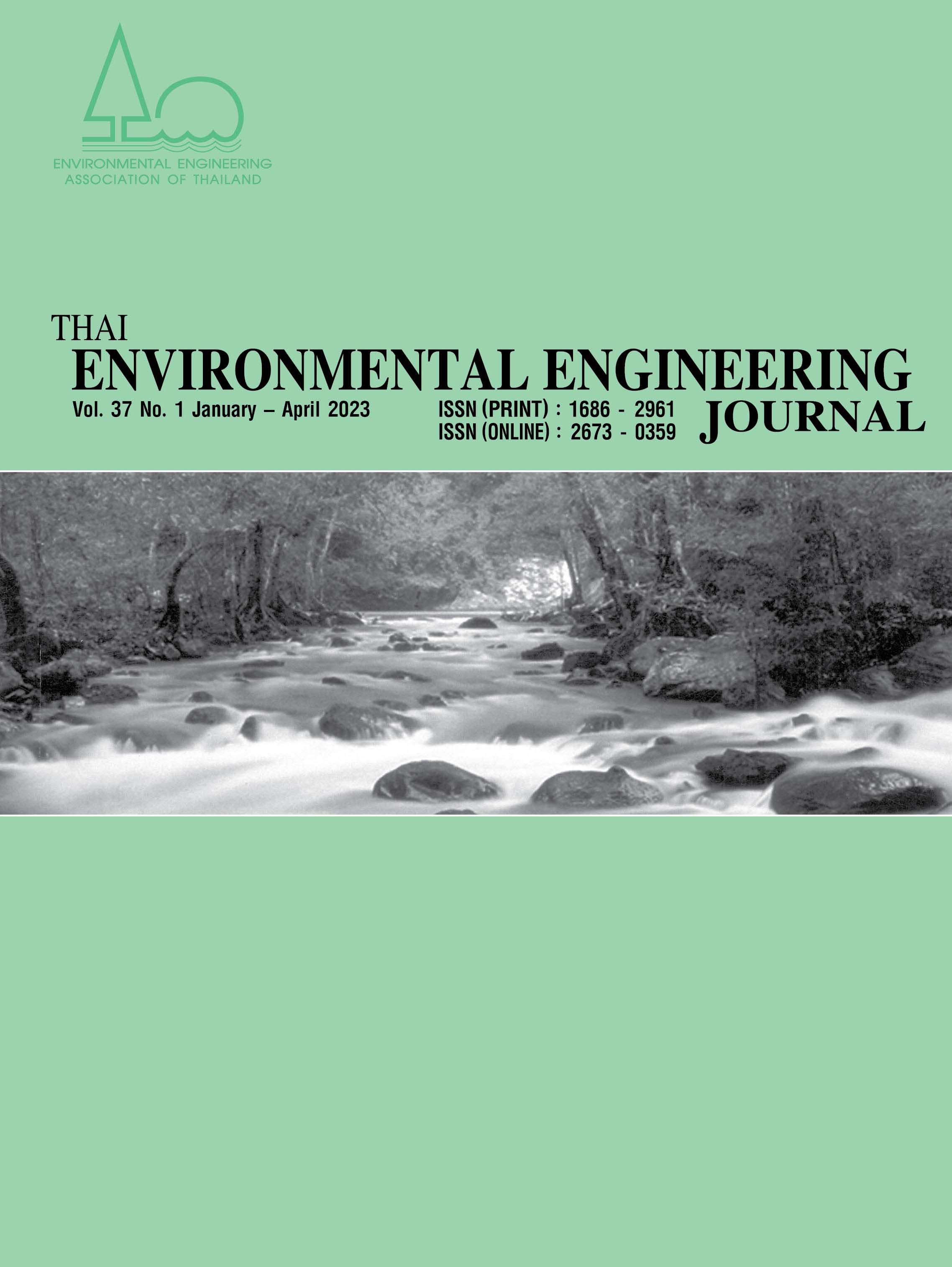Application of Analysis of Variance for Vitamin B Injection Solution Defectives Reduction in the Pharmaceutical Industry
Main Article Content
Abstract
The objective of this research was to study the defectives reduction in the aseptic filling process in the pharmaceutical industry. The major nonconforming problem was the soot particles on the inner surface of vitamin B injection solution tube in the aseptic filling process. Analysis of Variance (ANOVA) was applied to determine factors, which had a significant effect on defectives percentage and the optimal levels of the factors to reduce defectives percentage. For experimental design, a Completely Randomized Design (CRD) was generated with 3 factors as follows: 1) needle type 2) needle position and 3) machine speed. According to the Analysis of Variance (ANOVA), needle type factor had a significant effect on defectives percentage. From the interval plot, the 95% confidence intervals of defectives percentage of vitamin B injection solution aseptic filling problem occurred by the two needle types were not overlapped. Therefore, the mean defectives percentage produced by the proposed type 1 needles was significantly less than the mean defectives percentage produced by the type 2 needles of the case study. Additionally, it was found that when the proposed type 1 needles were used, the mean defectives percentage was 4.25%. The mean defectives percentage of the current process using the type 2 needles was 15.90%. It can be concluded that when the proposed type 1 needles were used after the improvement, the mean defectives percentage decreased by 11.65%.
Article Details
References
Balwan W.K., Singh A. and Kour, S. 2022. 5R’s of zero waste management to save our green planet: A narrative review. European Journal of Biotechnology and Bioscience. 10(1): 7-11.
Asilahijani, H., Steiner, S.H. and MacKay, R.J. 2010. Reducing variation in an existing process with robust parameter design. Quality Engineering. 22: 30-45.
Global Wellness Institute. 2022. Global Wellness Trends Report: The Future of Wellness 2022. New York.
Bambharoliya, S.H. and Thakkar, H.R. 2015. Reducing rejection rate in small scale machining unit using 7 quality control tools - A Review. International Journal of Engineering Development and Research. 3(4): 582-586.
Zhang, L. and Mao S. 2017. Application of quality by design in the current drug development. Asian Journal of Pharmaceutical Sciences. 12(1): 1-8.
Yu L.X., Amidon G., Khan M.A., et al. 2014. Understanding pharmaceutical quality by design. AAPS Journal. 16(4): 771-783.
Bisgaard, S. 1992. Industrial use of statistically designed experiments: Case study references and some historical anecdotes. Quality Engineering. 4: 547-562.
Montgomery, D.C. 2019. Design and Analysis of Experiments. John Wiley & Sons Inc., New York.
Goos, P. and Jones, B. 2011. Optimal Design of Experiments: A Case Study Approach. John Wiley & Sons Inc., New York.
Yu, P., Low, M.Y. and Zhou, W. 2018. Design of experiments and regression modelling in food flavour and sensory analysis: A review. Trends in Food Science & Technology. 71: 202-215.
Schlueter, A. and Geyer, P. 2018. Linking BIM and Design of Experiments to balance architectural and technical design factors for energy performance. Automation in Construction. 86: 33-43.
Durakovic, B. and Torlak, M. 2017. Simulation and experimental validation of phase change material and water used as heat storage medium in window applications. Journal of Materials and Environmental Sciences. 8 (5): 1837-1846.
Dean, A., Voss, D. and Draguljic, D. 2017. Design and Analysis of Experiments. Springer, New York.
Montgomery, D.C. 2019. Introduction to Statistical Quality Control. John Wiley & Sons Inc., New York.
Montgomery, D.C. and Runger, G.C. 2014. Applied Statistics and Probability for Engineers. John Wiley & Sons Inc., New York.


